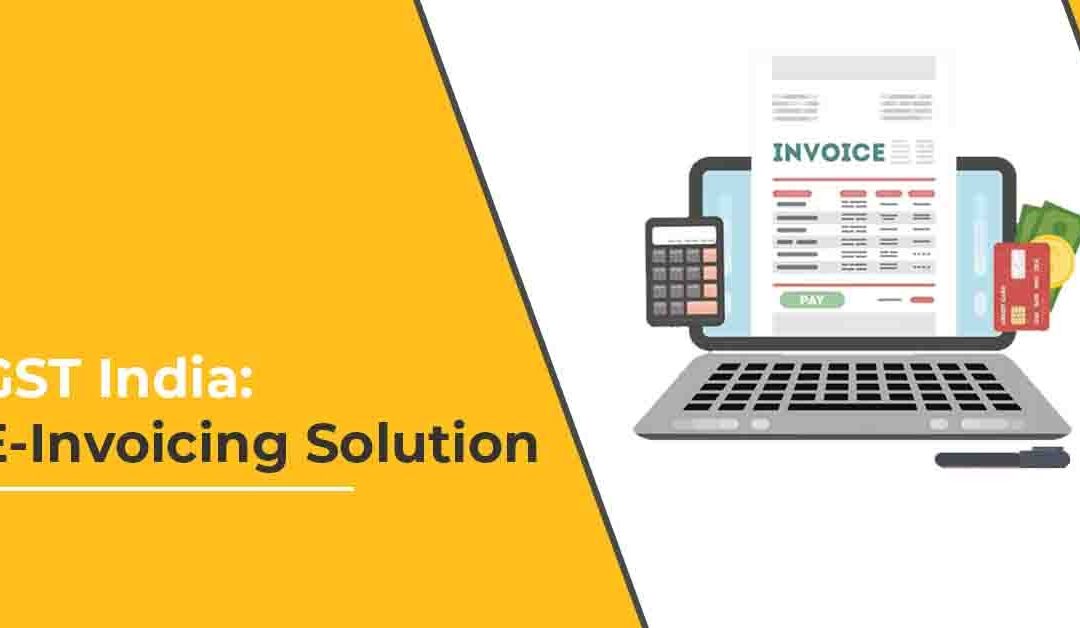Electronic invoicing is a method of billing that is electronic. Trading parties, such as consumers and their vendors, use e-invoicing methods to present and register trade records with each other and to ensure that the terms of their trading arrangements are followed. The GST e-invoice is the implementation of a digital invoice for products and services rendered by the company created on the GST platform of the government. In order to minimize GST evasion, the idea of the GST e-invoice generation system has been taken into account. By supplying the firms with a mechanism by which it would become necessary for them to produce ‘e-invoice’ for all transactions on the government GST site, the GST officers have drawn a conclusion. This scheme would only extend to those whose turnover threshold is greater than the defined threshold, i.e. a threshold cap will be fixed by the government. A unique number will be issued to companies that fall under a certain threshold if an e-invoice is created. This figure should be compared by the firms with the invoices reported in the revenue return and the taxes collected for authentication.
Applicability of GST E-Invoice System
The transport of goods from one location to another is encouraged by the filing on the common GST platform of ‘E-Way Bills.’ Similarly, at its 35th meeting, the GST Council agreed to introduce the e-Invoicing method, which would apply to defined groups of people. Companies would be expected to produce the entire GST e-invoice, containing all the value of purchases. The assessed whose revenue in the previous fiscal year from 2017-18 was more than Rs 500 crore.
Privileged sectors: SEZ units, NBFC insurance banking, cinema admissions, products transportation dealerships that transport goods through highways, and passenger transport services.
Benefits of GST E-Invoices
- GST Enforcement Streamlined
- Accuracy
- Minor mistakes of reconciliation
- Price cut
- Paper abolition
- The successful functioning of the performance of capital
- Company quality enhancement
- E-invoice is not all about invoices like PDF etc. shown in the soft copy.
- Indeed, the e-invoice does not suggest the creation of the invoice through the government portal.
How will Electronic invoicing benefit businesses?
- By using the e-invoice initiated by GSTN, businesses would have clear benefits:
- In order to minimize discrepancy defects, e-invoice solves and plugs a big void in data reconciliation under GST.
- E-invoices developed on one device can be read by another software, facilitating interoperability and helping to minimize errors in data entry.
- The e-invoice enables real-time recording of invoices prepared by the retailer.
- The related details of the invoices will be auto-populated in the various returns, particularly for generating Part-A of e-way bills, backward integration, and automation of the tax return filing process.
- Faster supply of true credit for input tax.
- Less scope for tax officials to perform audits/surveys, as the information they need is accessible at the stage of the transaction.
Conclusion-
E-Invoicing does not mean that the GST portal produces an invoice. That would have been a myth. Instead, e-Invoicing includes the display on a popular e-invoice platform of an already created standard invoice. It thus automates multi-purpose reporting with one-time invoice information input. For a personalized E-Invoicing system, contact PC Soft.



